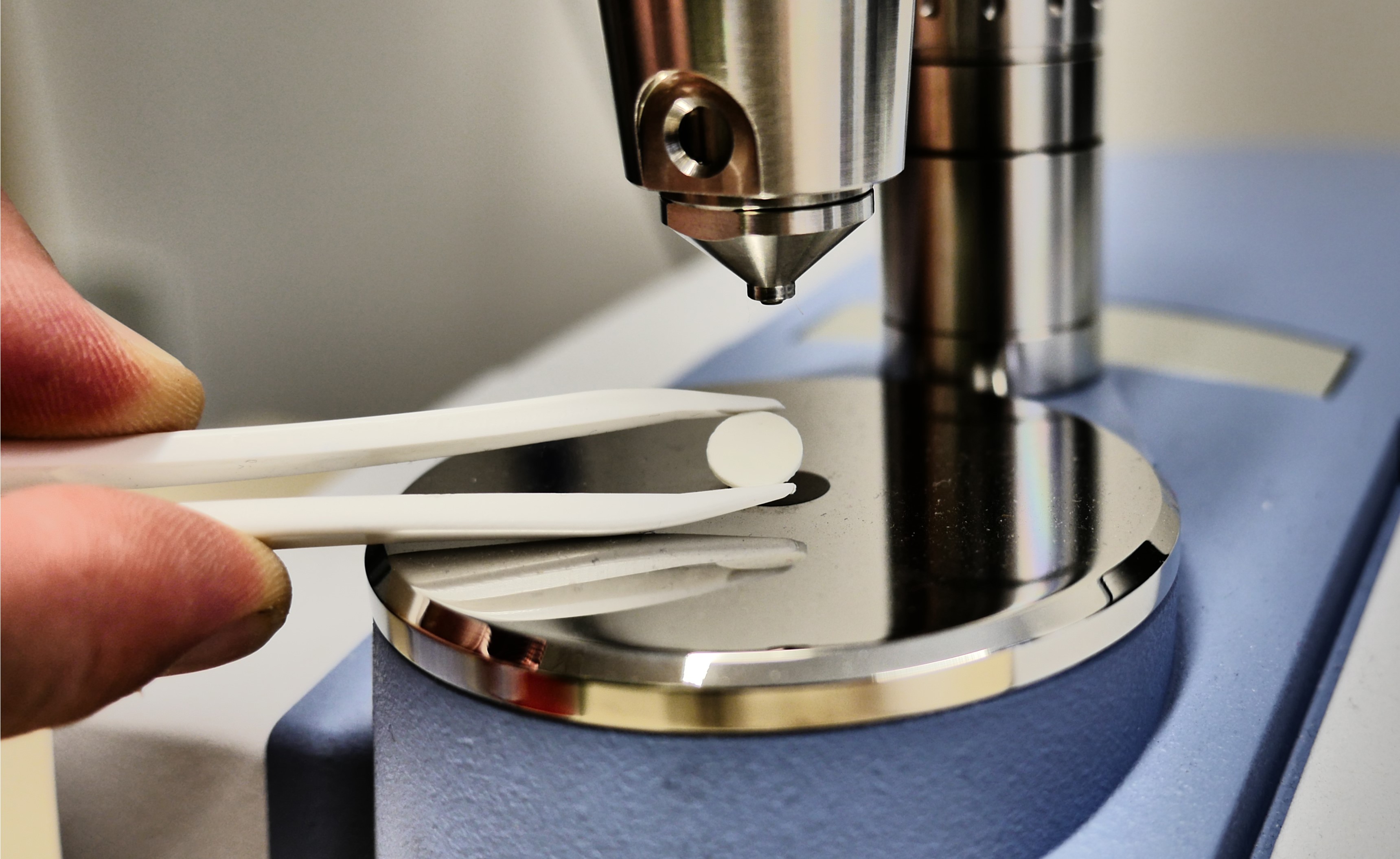49 M BY DOMENICK YONEY
Faster than what is the question, though.
In the marketplace of battery development ideas, there are winners and losers. When it comes to the solid-state variety of research, we’ve seen lots of promising advances and expect some of these will lead to winners. And then there are announcements which make us furrow our brows and wonder if there something we’re missing when a report doesn’t seem to offer much in the way of technological advancement. This is one of those latter situations.
The headline sounds promising — Jülich researchers developing fast-charging solid-state batteries — but the devil is in the numerical details, even if some interesting points are raised. But maybe we’re getting ahead of ourselves. Let’s take a look at the “who” and “what.”
Researchers from the Jülich Institute for Energy and Climate Research published a paper in the journal Applied Materials and Interfaces which claims a 10-times greater charge rate in a new solid-state cell. Unfortunately, the baseline for the charging rate is low: 10 to 12 hours. This means the big increase in speed only gets the cell to a charging time of an hour. That’s a rate of 3 C, something that many, if not most batteries in use today are capable of.
The approach they are using is interesting, though. All of the main components, the electrodes and electrolyte, are a form of phosphate compound. This allows for ions to flow smoothly from the electrolyte material to the electrodes, something liquid-like electrolytes excelled in, since those tend to be partially absorbed by electrodes, which makes the transition between mediums easier.
Looking at other properties of the cell, we don’t see any metric with redemptive performance. The cycle life is given as 500 cycles to 84 percent, which is not exactly stunning either, though they do believe they can improve on this. Perhaps most telling of all is the absence of the numbers that would really tell us how much importance we give the chemistry: energy density. If it was especially high in comparison to competing chemistries, we could cut it some slack and, as Tesla did when it first packaged lithium batteries for its original Roadster, make up for some of its shortcomings in the implementation.
Alas, while this particular effort may stay in the lab, possibly forever, there are still a number of promising solid-state batteries in the works. We can only hope time is still on our side.
Source: Green Car Congress
Categories: Battery Tech

